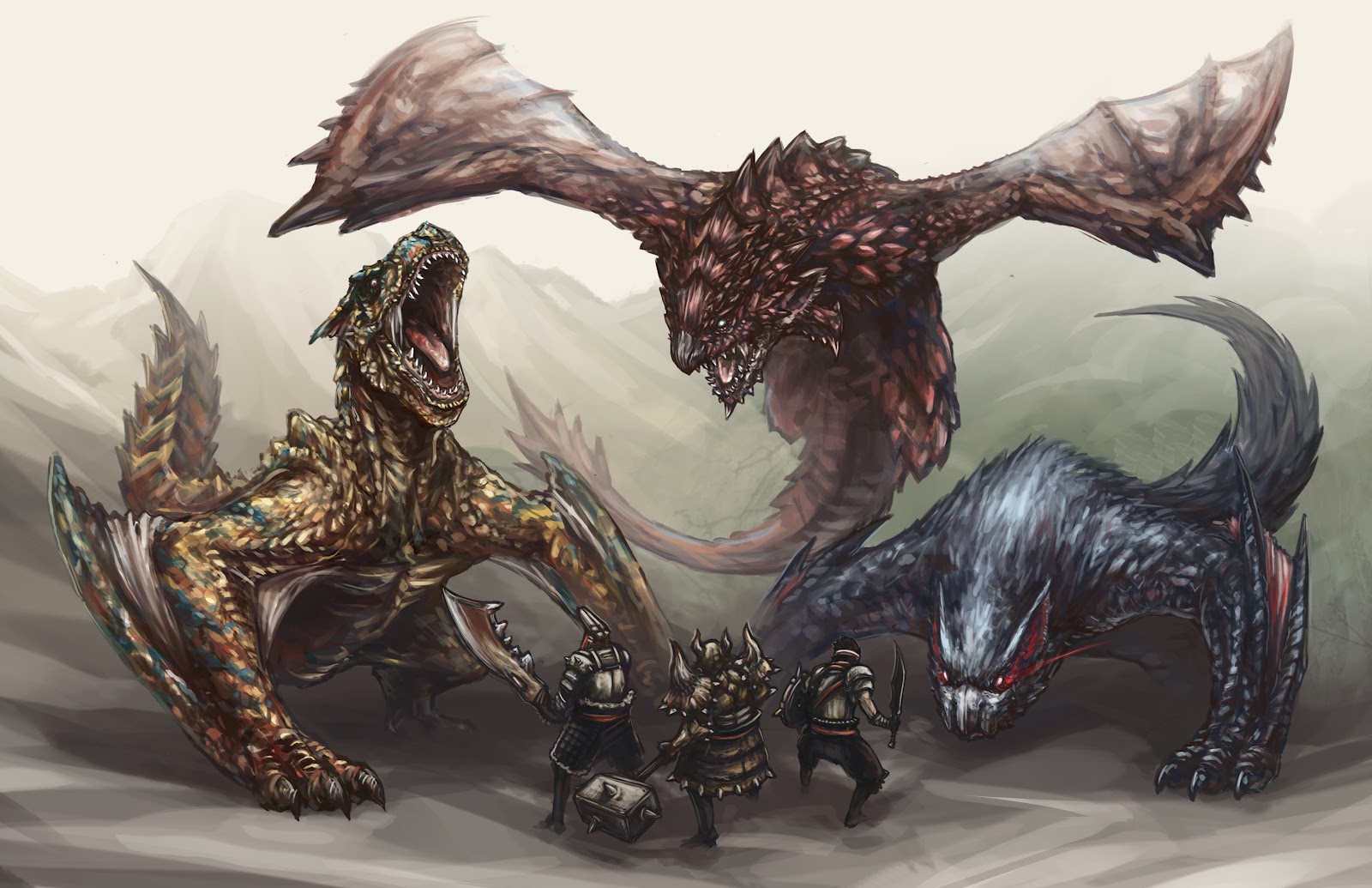

What Are Wyverns? A Comprehensive Exploration Of These Fascinating Creatures
Wyverns are mythical creatures that have captured the imagination of people around the world for centuries. These legendary beings, often depicted as dragon-like entities, play significant roles in various cultures, folklore, and modern media. In this article, we will delve into the origins, characteristics, cultural significance, and modern representations of wyverns, providing a thorough understanding of these captivating creatures.
From ancient texts to contemporary video games, wyverns have evolved from simple mythological figures to complex characters that resonate with audiences today. By examining their historical context and modern interpretations, we aim to shed light on the enduring appeal of wyverns and their place in our collective imagination.
Additionally, we will explore the differences between wyverns and other dragon-like creatures, offering insights into their unique features and attributes. Whether you're a fantasy enthusiast, a gamer, or simply curious about mythical creatures, this article will provide you with a detailed look at what wyverns are and why they continue to fascinate us.
Table of Contents
- Definition of Wyverns
- Origins of Wyverns
- Physical Characteristics of Wyverns
- Wyverns in Culture and Folklore
- Wyverns in Modern Media
- Differences Between Wyverns and Dragons
- Famous Wyverns in Literature and Games
- Conclusion
Definition of Wyverns
Wyverns are often described as winged, dragon-like creatures that typically possess two legs and a long tail. Unlike traditional dragons, which may have four legs, wyverns are characterized by their distinct anatomy and are commonly portrayed as smaller and less powerful than their dragon counterparts. Their wings are often depicted as being similar to those of bats, which allows them to soar through the skies with agility.
Origins of Wyverns
The origins of wyverns can be traced back to ancient mythology and folklore, particularly in European cultures. The term "wyvern" itself is derived from the Old French word "wivre," which means serpent or dragon. Historical accounts suggest that wyverns were often associated with heraldry, symbolizing strength and protection.
In medieval times, wyverns appeared in various coats of arms, representing noble families and displaying their prowess in battle. These creatures were often depicted alongside knights, reinforcing their status as powerful and fearsome beings.
Physical Characteristics of Wyverns
Wyverns have distinct physical features that set them apart from other mythical creatures. Some of the key characteristics include:
- Two legs: Unlike traditional dragons, wyverns have only two legs, giving them a more agile and streamlined appearance.
- Bat-like wings: Their wings are typically large and resemble those of bats, allowing them to fly with grace and speed.
- Long tails: Wyverns possess long, flexible tails that they use for balance and maneuverability in flight.
- Scales and claws: Their bodies are often covered in scales, and they have sharp claws that aid in hunting and defense.
Wyverns in Culture and Folklore
Throughout history, wyverns have played significant roles in various cultural narratives and folklore. In many legends, they are depicted as guardians of treasures or fierce protectors of sacred lands. Their fearsome nature has led to numerous myths and tales that highlight their role in human history.
In British folklore, for example, wyverns were often associated with the land and were believed to inhabit remote areas such as mountains and forests. They were sometimes seen as symbols of danger, representing the untamed and wild aspects of nature that humans sought to conquer.
Wyverns in Modern Media
In contemporary culture, wyverns continue to capture the imagination of audiences through various forms of media, including literature, films, and video games. They often appear as formidable foes or allies in fantasy narratives, showcasing their strength and agility.
Popular franchises like "Game of Thrones" and "Dungeons & Dragons" feature wyverns prominently, highlighting their role in epic battles and adventurous quests. Their portrayal in these contexts often emphasizes their unique characteristics, setting them apart from traditional dragons.
Differences Between Wyverns and Dragons
While wyverns and dragons share similarities, there are key differences that distinguish them from one another. Some of the primary differences include:
- Legs: Wyverns have two legs, whereas dragons typically have four.
- Intelligence: Dragons are often depicted as highly intelligent creatures capable of speech and complex thought, while wyverns are usually portrayed as more instinct-driven.
- Size: Dragons are generally larger and more powerful than wyverns, which tend to be smaller and more agile.
Famous Wyverns in Literature and Games
Several notable wyverns have made their mark in literature and gaming, becoming iconic representations of these creatures. Some of the most famous wyverns include:
- Veranthrax: A powerful wyvern from the "Dragonlance" series, known for its cunning and ferocity.
- Falkor: Although often classified as a luckdragon, Falkor’s design is reminiscent of wyverns, showcasing their influence in fantasy literature.
- Wyvern: In the "Final Fantasy" series, wyverns often serve as formidable enemies or allies, reflecting their versatility in gameplay.
Conclusion
In conclusion, wyverns are fascinating mythical creatures that have evolved over time, leaving a lasting impact on culture, folklore, and modern media. From ancient origins to contemporary representations, these dragon-like beings continue to intrigue and captivate audiences worldwide. Whether they are seen as fearsome foes or noble allies, wyverns hold a unique place in the realm of fantasy.
If you're interested in exploring more about mythical creatures or want to share your thoughts, feel free to leave a comment or share this article with fellow enthusiasts. Additionally, check out our other articles to dive deeper into the world of fantasy!
Thank you for reading, and we hope to see you back for more exciting content!
Rock Lee's Team: The Journey Of Dedication And Friendship
Buzzcut With Bad Hairline: Embracing The Look
Exploring The Co-Op Space Game: A New Frontier In Gaming


